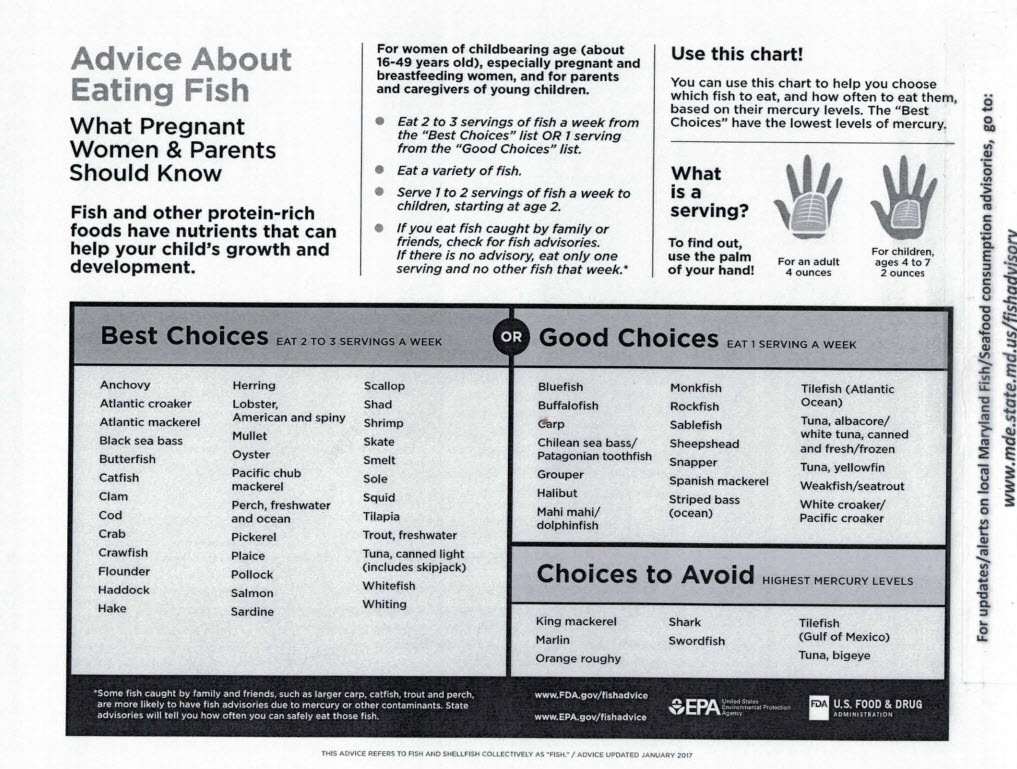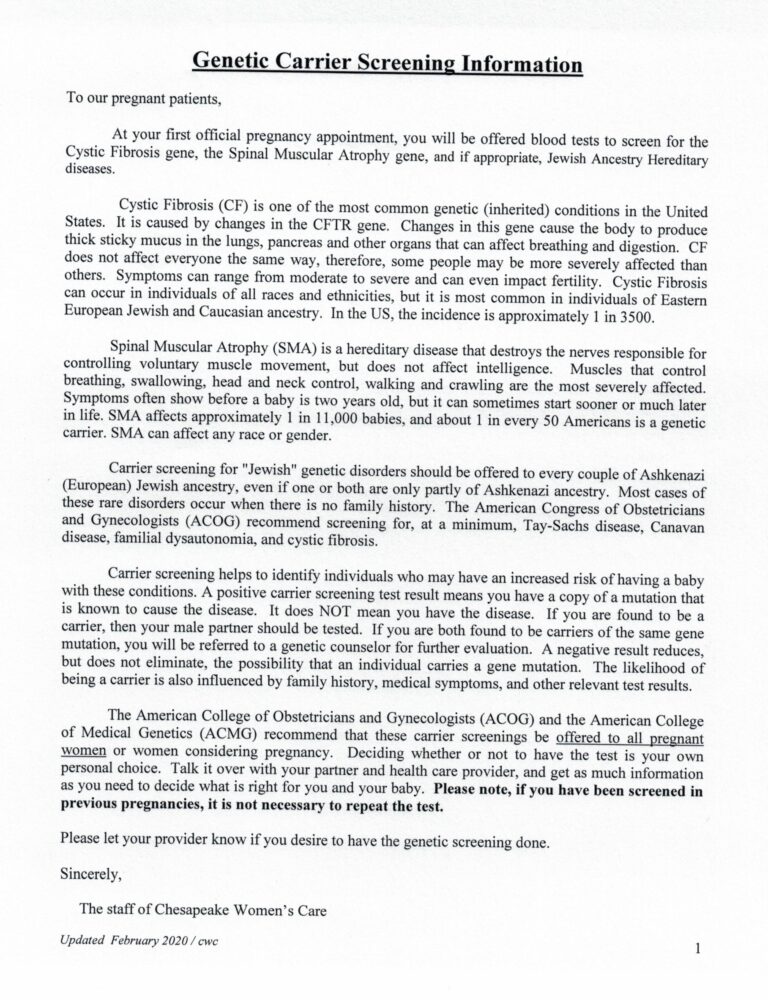An annual exam is a yearly visit for a general gynecological health check, including a breast exam and pap smear if indicated. An annual exam visit usually does not include discussion of new problems or detailed review of chronic conditions. Annual exams are also called routine check-up, yearly exam, annual pap, and preventive visit.
Please schedule a separate appointment if you have health concerns other than your routine physical exam. Examples are:
- A list of concerns or questions.
- New health care concerns or problems found at the time of your annual exam.
- Ongoing problems that need more attention.
What should I expect during my annual exam?
- General physical exam (including breast exam)
- Pelvic exam (pap smear)
- Update of life and work situation
- Update of family health history (any new serious illnesses in your family?)
- Review of your health history
- Update of current medications, herbs, and supplements (bring list)
- Need for medication refills
- Evaluation of need for health screening tests based on age and personal and family history (such as mammogram, test for sexually transmitted diseases, and colon cancer screening)
- Update on immunizations
A pelvic exam is a way for doctors to look for signs of illness in certain organs in a woman’s body. The word “pelvic” refers to the pelvis. The exam is used to look at a woman’s:
- Vulva (external genital organs)
- Uterus (the womb)
- Cervix (opening from the vagina to the uterus)
- Fallopian tubes (tubes that carry eggs to the womb)
- Ovaries (organs that produce eggs)
- Bladder (the sac that holds urine)
- Rectum (the chamber that connects the colon to the anus)
Do I Need to Do Anything to Prepare for a Pelvic Exam?
For 48 hours prior to the exam, you should not:
- Douche
- Use a tampon
- Have sex
- Use birth control foam, cream, or jelly
- Use medicine or cream in your vagina
What can I expect during a pelvic exam?
You can expect to feel a little discomfort, but you should not feel pain during a pelvic exam. The exam itself takes approximate 10 minutes. If you have any questions during the exam, be sure to ask your provider.
How Is a pelvic exam performed?
During a typical pelvic exam, your provider will:
- Ask you to take off your clothes in private (You will be given a gown or other covering.)
- Talk to you about any health concerns
- Ask you to lie on your back and relax
- Press down on areas of the lower stomach to feel the organs from the outside
- Help you get in position for the speculum exam (You may be asked to slide down to the end of the table.)
- Ask you to bend your knees and to place your feet in holders called stirrups
- Perform the speculum exam. During the exam, a device called a speculum will be inserted into the vagina. The speculum is opened to widen the vagina so that the vagina and cervix can be seen.
- Perform a Pap smear. Your doctor will use a plastic spatula and small brush to take a sample of cells from the cervix (A sample of fluid also may be taken from the vagina to test for infection.)
- Remove the speculum.
- Perform a bimanual exam. Your doctor will place two fingers inside the vagina and uses the other hand to gently press down on the area he or she is feeling. Your doctor is noting if the organs have changed in size or shape.
- Sometimes a rectal exam is performed. Your doctor inserts a gloved finger into the rectum to detect any tumors or other abnormalities.
- Talk to you about the exam (You may be asked to return to get test results.)
What tests are taken during the pelvic exam?
A sample of cells may be taken as part of regular test called a Pap smear, or Pap test, to screen for cervical cancer or cells that look like they might lead to cancer. The sample is placed in a solution and sent to a lab where it is examined. Tests also may be taken to screen for sexually transmitted diseases.
How often should I get a pelvic exam?
A Pap smear is recommended starting when women reach 21 years of age. Women ages 21-65 should have routine screening with Pap test every three years.
Combining a Pap test with a human papillomavirus ( HPV ) test can safely extend the interval between cervical cancer screenings from three years to five years in many women between the ages of 30-65, according to the U.S. Preventive Services Task Force (USPSTF).
Also according to USPSTF guidelines, HPV testing is not recommended for women in their 20s, because people in that age group can have HPV infections that resolve without treatment.
Women over age 65 can stop getting screened if they’ve had at least three consecutive negative Pap tests or at least two negative HPV tests within the previous 10 years, according to the guidelines. But women who have a history of a more advanced precancer diagnosis should continue to be screened for at least 20 years.
Even if are not due to have a Pap test, it is still important to have a regular gynecological exam.


